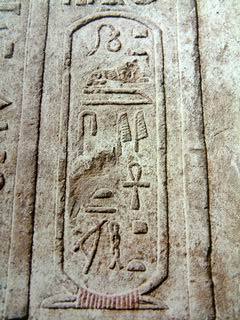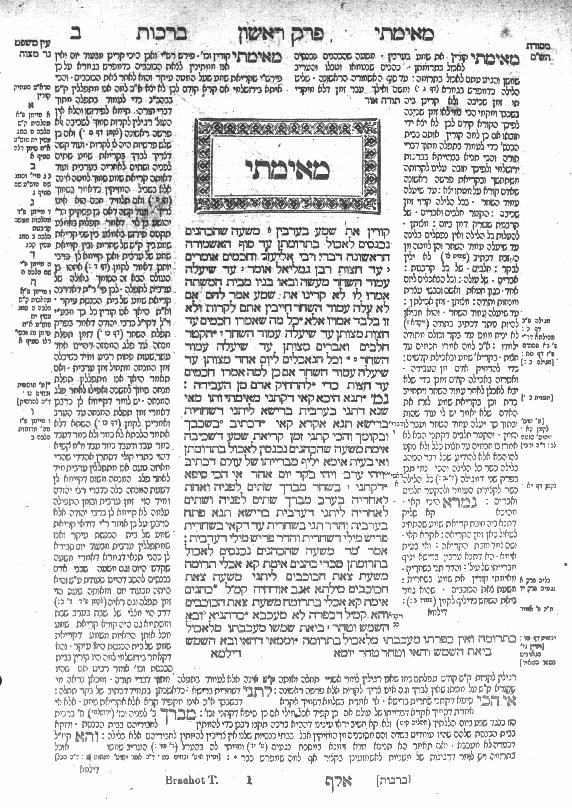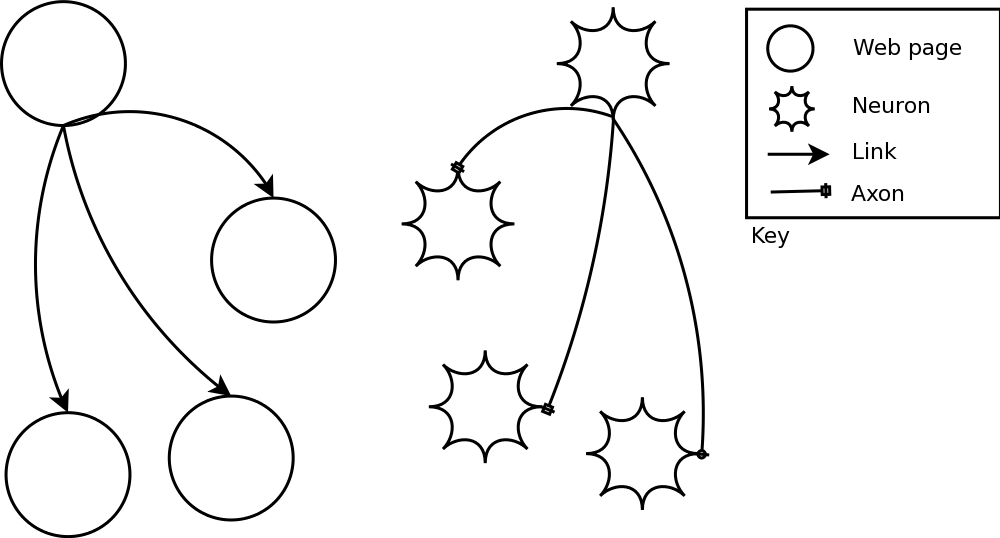
Semantics on the Web and their practical Applications
November 11 2004
Semantics on the Web?
From human readable meaning...
... to computer processable semantics
Search Engines
Google
- parses Web pages and extracts information
- relying on HTML to carry (some) semantics
HTML
- HyperText
- Markup
- Language
Language

Markup
Adds a new dimension to a text, by annotating it with semantics
Example:
<title>Semantics on the Web and their practical Applications: Markup</title>
First markup in History...
Punctuation serves to organize or clarify written language
(since 200 B.C.)
and in Hieroglyphs since 2600 B.C., with cartouches

HyperText
Possibility to link two Web pages: one more dimension for the text
Concept coined by Ted Nelson in 1965
HyperTextuality is much older...
- Citations and bibliographic references
- The Bible and Talmud exegesis

Hypertext and Human Brains
In 1945, H. G. Wells describes a World Brain, ...a sort of mental clearing house for the mind, a depot where knowledge and ideas are received, sorted, summarized, digested, clarified and compared

Back to Search Engines
HTML powerful enough:
- to highlight specific keywords
- to evaluate a Web page through its connections to other pages
Limitations of HTML Semantics
- 91 "words" (tags)
- no qualification of links (or almost)
Semantic Web: one step further
RDF:
- allows to qualify the relationships between 2 Web Pages
- ... more generally, between 2 ideas, concepts, objects, ...
- based on Web technologies to benefit from Network effect
The Semantic Web, practically
Pratical case study: management of W3C Technical Reports
- main deliverables of W3C as a Standard Organization
- published as HTML, following well-defined rules
- managed by hand till 2002
From HTML to Semantic Web
Well defined publication rules → extracting metadata
Example: Web Architecture → resulting metadata
RDF expressive power
RDF used to describe:
Powerful combinations
Decentralized work
- Web development based on decentralization
- allows each team to express its own expertise
- ... and to benefit from others'
More about HTML and Semantics
RDF is a model more than a format
- on-going efforts to add more semantics to HTML
- XHTML 2 and GRDDL
A Quick GRDDL Demo
Semantic Web vision
- allows data as well as documents
- integration format for any type of data: calendars, personal information, photos description, news feed, genes, airplanes parts
- integrated with other Web technologies (network effect)
Thank you for your attention



